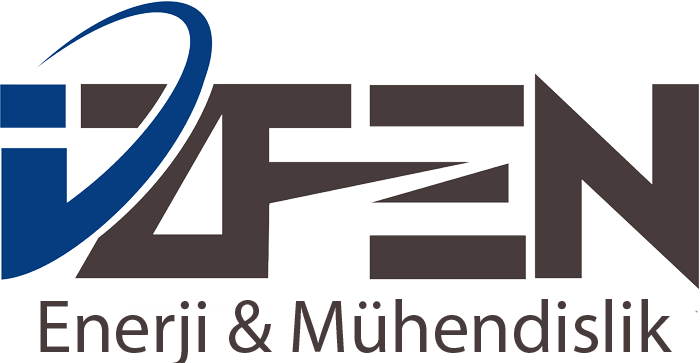IZFEN – Industry 4.0

Industry 4.0 can be defined as a system qualification, it refers to a three-legged organization. The feet of the organization are divided into the internet of things, internet of services and cyber-physical systems.
Internet of Things: It is a phenomenon that expresses the wireless communication mechanism formed by machines with each other. Each of the robots, which are the main structural elements of the system, have their own contact addresses. With these contact addresses, robots can quickly adapt to changing production strategies by communicating among themselves. In addition, thanks to these communication protocols, data analysis is performed quickly and delivered to the center.
Internet of Services: Refers to new service areas that have been created. It refers to software that constitutes the relationship between service providers and service users
Cyber-Physical Systems: It is a concept that refers to systems that manage themselves and have a decision-making mechanism with their sensors.
In Industry 4.0, which is based on the principle of communicating with each other, machines will work in communication with each other, make data analysis and inform people when necessary. The communication between the machines will be established through sensors. The purpose of all these functions is that the system will operate less costly, perform mass production, and provide much less waste, unlike the classical system, by preventing possible errors. With Industry 4.0, the system will be much smaller compared to classical systems and optimum increase in production will be achieved. In terms of security, an increase level that cannot be compared to conventional systems will be achieved. Robots are the center of Industry 4.0. These robots have a structure that takes production decisions by analyzing data and managing machines.
Industry 4.0 Advantages
- With Industry 4.0, a fast and systematic production approach has been adopted.
- Possible malfunctions that may occur in the production line and systems are determined in advance and quick repair and elimination of malfunctions are ensured.
- Productivity is achieved at optimum quality by reaching the maximum level of efficiency.
- With the flexible production structure, processing techniques can be changed in a simple way.
- Costs are minimized.
- Production and data analysis can be remotely monitored and intervened.

